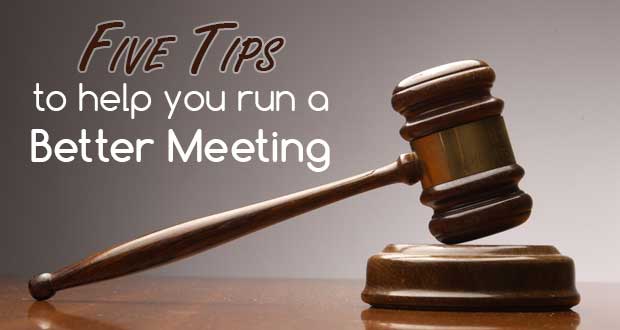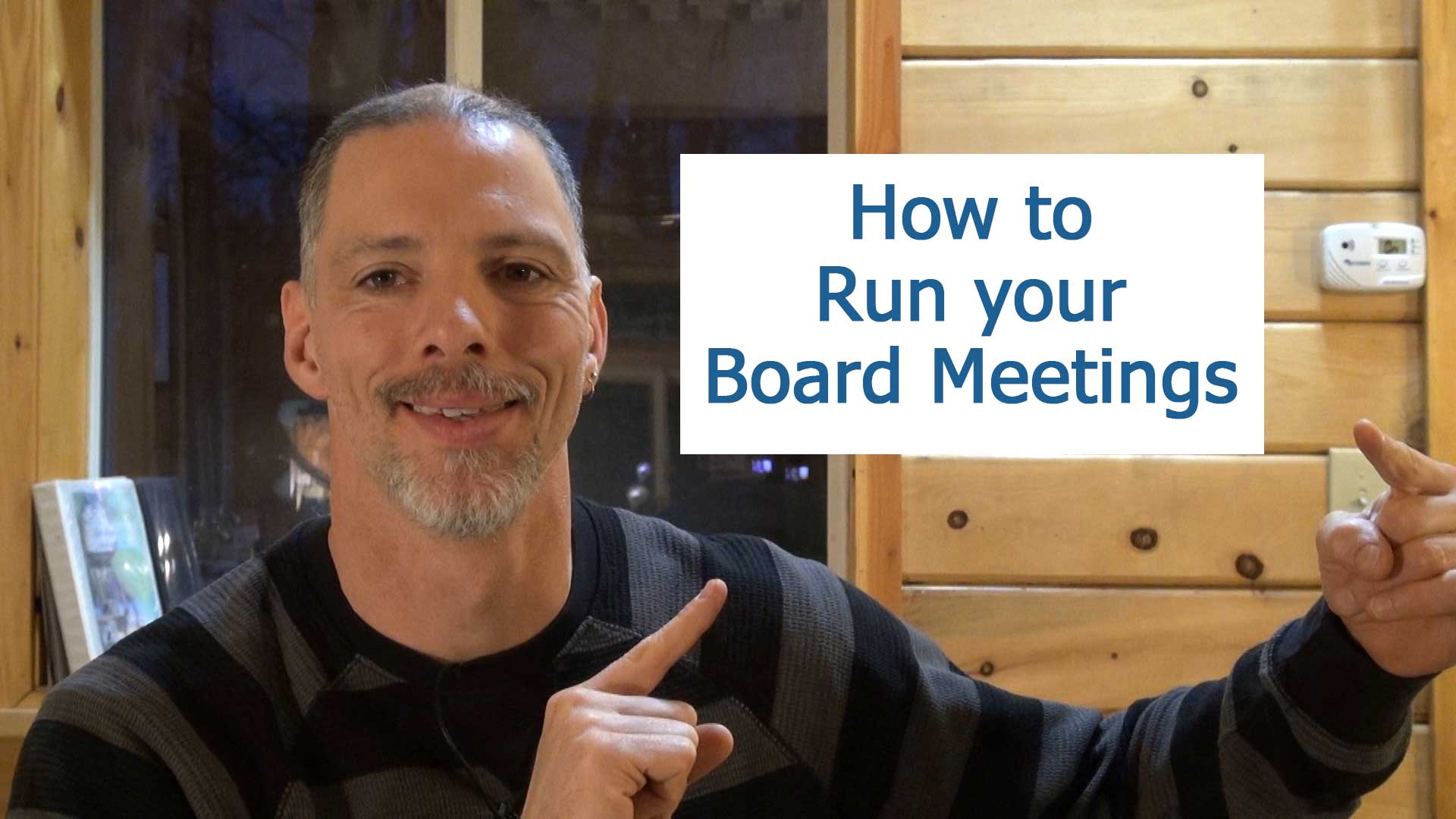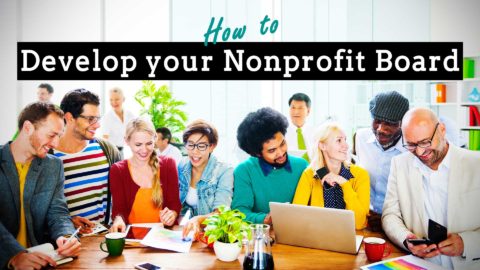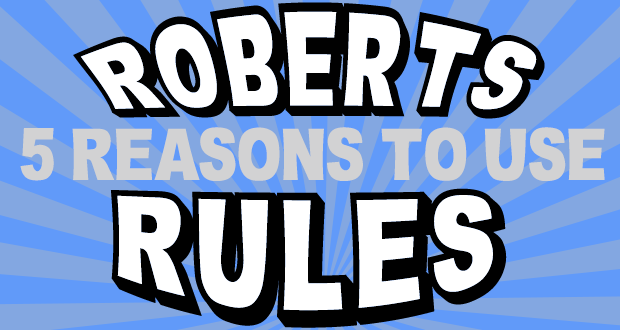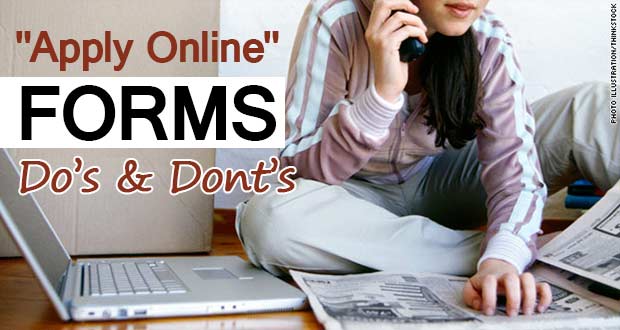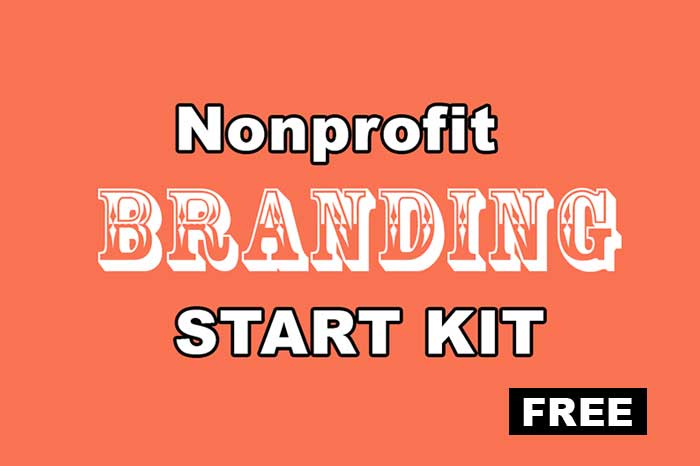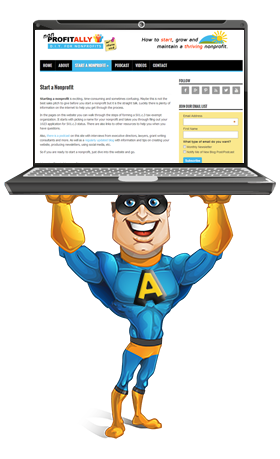Running an effective nonprofit meeting will help your organization become more efficient and professional. But this is no easy task. Keeping meetings on topic can be tricky. Here are five tips to help you run your next nonprofit board meeting.
Make an Agenda
If your meetings turn into free-for-all conversation about ideas, complaints and/or unrelated topics, then chances are you are not using or following an agenda.
The agenda is your meetings outline. It helps you stay on task and keeps your members focused. Agendas pretty much follow the same format. So once you make one, you can use it as a template for the next meeting.
Before every board meeting the board President should send out an email to all board members reminding them of the meeting and asking for agenda topics. Within a few days the board President, Secretary and/or Executive Director should meet to finalize the agenda topics, ensuring that new and old business are relevant to the business of your organization.
TIP: Be sure to allow for additions and subtractions to the agenda during the “approval of the agenda” section of your meeting. Sometimes topics are accidently omitted or need to be removed. This will also help remind your board that there is a set list of topics for the current meeting.
Talk One at a Time
We are a nation of talkers and interrupters. When someone else is speaking we tend to gather our thoughts to prepare our response and often forget to listen. Sometimes we get so excited that we jump in to a conversation before the other person has even stopped talking.
Interrupting and talking over each other during a meeting will result in multiple conversations happening simultaneously. This can turn a meeting into chaos. This can also deflate the enthusiasm of your board as people begin to feel they are not being heard. This is bad news and needs to be fixed right away.
The responsibility of an orderly meeting falls on every board member. Be polite and wait your turn. But when someone interrupts the speaker, it is the board President that should correct this behavior. “Oh, hold on Samantha, I think Jim had more to say. Jim, you were talking about the event ticket prices. Do you have other suggestions?”
TIP: To help board members remember to take turns the board president should “call” on the person who is to speak.
I was on a board that had a terrible habit of interrupting. The new president made it a requirement that members raise their hand to be heard. Sounds elementary, but it worked. She diligently followed this rule for six months and it really made a difference.
Stay on Topic
Straying from topic is a common ailment during board meetings. This can frustrate other board members, waste time and prevent work from being accomplished. Every member must take responsibility to speak to the topic on the agenda. If the conversation begins to veer off topic it is up to the board President to redirect the group back on task.
One way to redirect a conversation back on topic is simply to remind the group of the agenda item (or motion) that is on the table and ask if there is any further discussion about it before you move into a vote (or on to the next agenda item).
Another way to bring a conversation back on topic is to redirect the “off-topic” subject to the “board comments” portion of the meeting (typically at the end of the meeting). Or offer to add the topic to the next agenda. For example, “Bill, I agree the bars on the windows look bad, but right now the topic is facility access and who should be assigned a key to the building. Would you like to add security systems to next meeting’s agenda?”
No Stimulants
A board meeting is a work session. It is a formal meeting of your organization. I strongly suggest keeping it professional and not allow members to “have a beer” during the conducting of business.
This can be difficult when meetings are hosted at a member’s house. So set the example when asked if you want a drink. “You know, it is a pretty short agenda. I prefer to just get in to it. I’d love to relax with a beer after the meeting.”
To be honest, I have only been on a few boards where the consumption of alcohol was tolerated. And most boards “grow” out of this as their nonprofits mature and become larger. But if drinking is becoming “common practice” for your organization then I would suggest you start reserving a meet room at your local library. This will set a new tone of professionalism for your organization.
Use Roberts Rules
Roberts Rules can seem really stiff and impersonal. But it is a great tool and can restore order to boards that have gone astray.
Basically, any topic for discussion should be introduced with a motion. “I move will sell 300 raffle tickets for $10 each.” Once a motion is on the floor it needs a “second”. If it gets a second, then discussion can begin.
A common mistake is for boards to talk about a subject before making a motion. A motion is suppose to set the topic for discussion and should come at the beginning of the conversation. To change a motion you make an “amendment”. “I would like to amend the motion. I think we should sell 500 tickets.” Amendments also need a second before they can be discussed.
Roberts Rules can help keep your board focused. If discussion begins to stray to another topic just ask the Secretary to read the current motion. This will help redirect everyone to the business at hand.
Your nonprofit meeting is a tool. The process you follow – Roberts Rules – is a tool. The words and phrases you use during this meeting are also tools. And as with any craft, the more familiar you are with the tools, the better the product that will result. The product your building, in this case, is your nonprofit. So practice using these tools and start building sharp and precise meetings.
Resources
One of the hardest things about running a meeting is knowing what to say and when to say it. It is no fun to tell a friend, who is an “adult”, that they are speaking out of turn. It is even harder to redirect a “strong” personality back on topic. The following two books will help any board president (or board chair) learn the skills they need to run a professional meeting that honors and respects all personalities.

